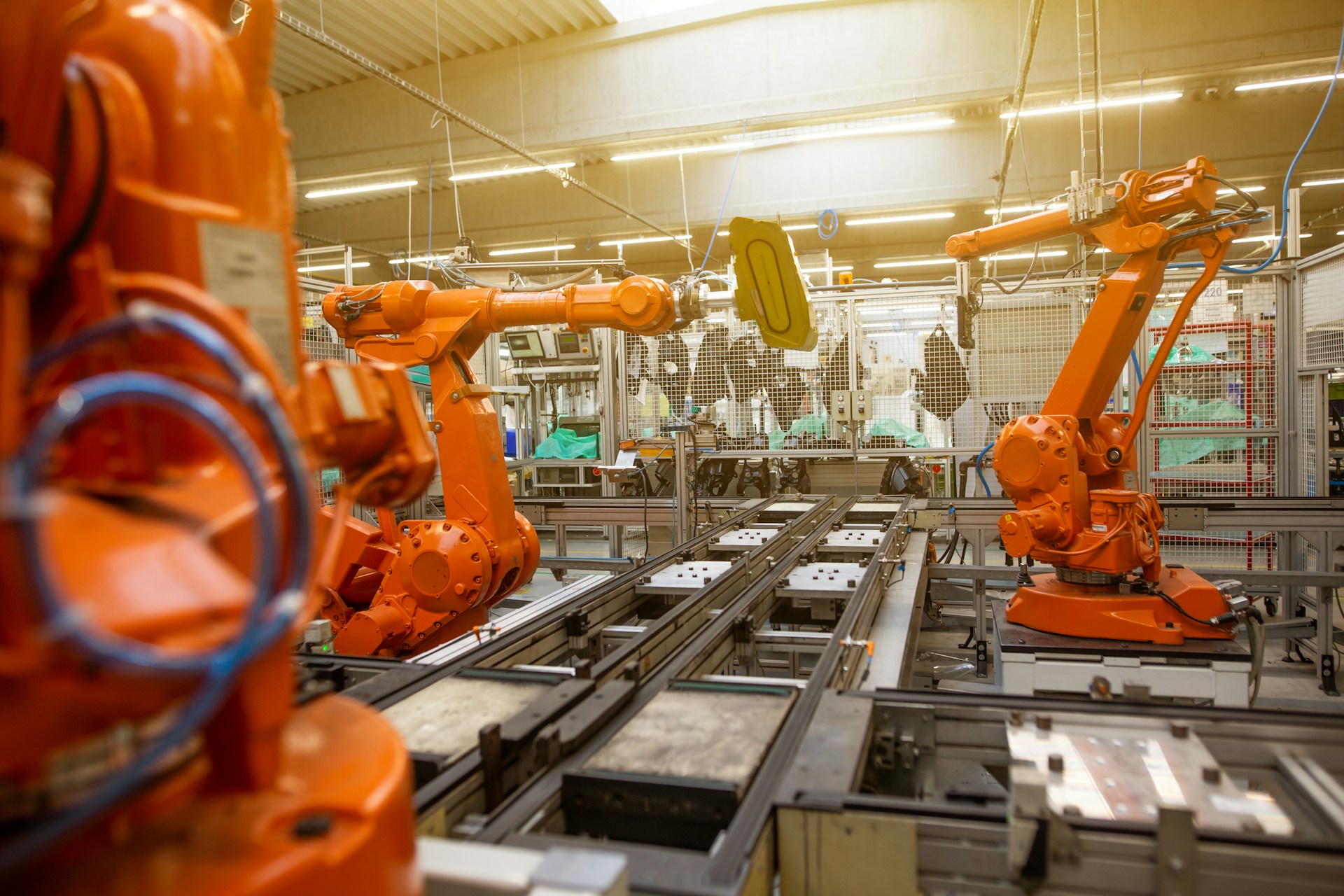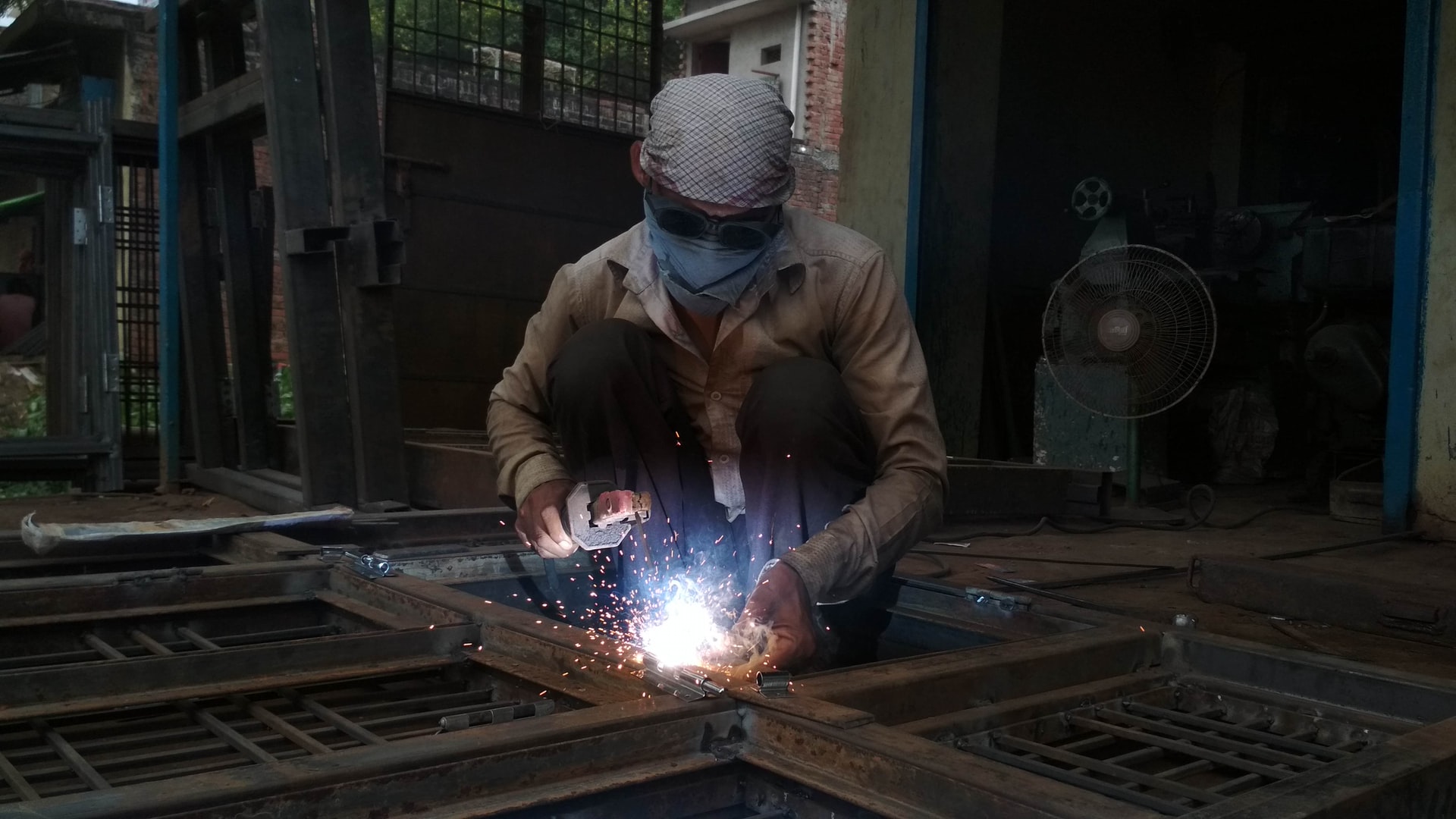China: Implanting Industry 4.0
In the wake of the COVID-19 pandemic, the imperative for embracing Industry 4.0 has become more pronounced than ever before. The global disruption caused by the pandemic has underscored the significance of digital transformation in the manufacturing sector, acting as a catalyst for change that was long overdue. As industries chart their paths forward, it becomes increasingly evident that those slow to adopt and adapt to the tenets of Industry 4.0 risk being left behind in an ever-evolving landscape of innovation and efficiency.
The pandemic forced businesses to adapt to new norms and maintain resilience. Industry leaders have leveraged Industry 4.0 solutions to increase end-to-end supply-chain transparency and fast-track automation programs to address worker shortages arising from COVID-19. Industry players utilizing digital solutions are better-positioned to weather the storm, having moved faster and further than their peers during the crisis.
In the foreseeable future, we can expect three distinct pathways to tech adoption, driven by the dual pressures of building resilience and agility in the face of crises, and the limitations of investment capabilities.
- First, some businesses might fast-track the adoption of solutions that offer immediate benefits and help adapt to new norms, such as health monitoring of employees, enforcing social distancing in workspaces, and facilitate remote collaboration.
- Second, we might see varying rates of adoption. Companies equipped with essential capabilities like manufacturing-execution systems, IT/OT stacks, and data marts or lakes could surge ahead. In contrast, companies, especially SMEs, lacking these foundational elements might postpone implementation until they can establish the necessary infrastructure or secure sufficient investment.
- Third, certain companies might opt to delay the adoption of advanced technologies like blockchain and nanotechnologies. These solutions often demand substantial capital investment and offer returns that are either uncertain or realized over a long term.
Lessons for Manufacturers
For manufacturers who have been sluggish in their uptake of Industry 4.0 technologies, there are crucial lessons to be learned. First, the pandemic has highlighted the importance of agility and resilience in the face of unforeseen challenges. Businesses that had already invested in digital infrastructure found themselves better equipped to navigate disruptions, with the ability to pivot operations, optimize processes, and sustain productivity amid crises.
Second, the pandemic has underscored the imperative of leveraging data-driven insights to enhance decision-making and drive operational excellence. Industry 4.0 technologies such as IoT, AI, cloud computing, and advanced analytics offer manufacturers unprecedented visibility into their operations, enabling real-time monitoring, predictive maintenance, and optimized resource utilization. Alibaba Cloud, the digital technology and intelligence backbone of Alibaba Group, launched its AI-driven logistics solution EasyDispatch in March 2023 in Malaysia, helping local logistics and delivery companies in realizing increased productivity and efficiency.
Moreover, the pandemic accelerated the shift towards digitalization and remote collaboration, necessitating manufacturers to rethink traditional paradigms of work and connectivity. Technologies such as cloud computing, digital twins, and collaborative robotics have emerged as indispensable tools for enabling remote operations, virtual collaboration, and seamless integration across supply chains.
Future of Chinese Manufacturing
The trajectory towards Industry 4.0 is poised for rapid acceleration in China’s manufacturing sector. China, as the world’s largest manufacturing hub, stands at the forefront of the digital revolution, leveraging its vast industrial base and technological prowess to drive innovation and competitiveness. The Chinese government has already outlined ambitious plans to promote the adoption of Industry 4.0 technologies, with initiatives such as “Made in China 2025” aimed at upgrading the country’s manufacturing capabilities and fostering high-tech industries.
The Horasis China Meeting 2024 is one such step towards facilitating China’s progress towards becoming a high-end service provider. The Meeting is scheduled to take place in Binh Duong, Vietnam over 14-15 April 2024. And will bring together 300 of the most senior members of the Horasis Visions Community, including some of China’s and Vietnam’s best known business leaders.
China’s manufacturing sector is undergoing a revolution driven by smart factories and the implementation of Industry 4.0 principles. Globally, 69 factories are recognized as frontrunners in the application of Fourth Industrial Revolution technologies. Among these, China houses 20, surpassing the European Union with 19, the United States with 7, and Japan with 5. According to Zhiwei Zhang, the chief economist at Pinpoint Asset Management, Chinese companies have now reached a level where they can compete with their counterparts in developed countries in various sectors, including smartphones and electric vehicles.
Key to China’s success in Industry 4.0 will be its ability to harness the synergies between government policies, industry initiatives, and technological innovation. Chinese manufacturers must embrace a holistic approach to digital transformation, encompassing not only technological investments but also organizational culture, skills development, and ecosystem collaboration. By fostering an environment conducive to innovation and entrepreneurship, China can position itself as a global leader in advanced manufacturing, driving sustainable growth and prosperity for years to come.
Photo Caption: Robots on an assembly line at a manufacturing plant in China.



